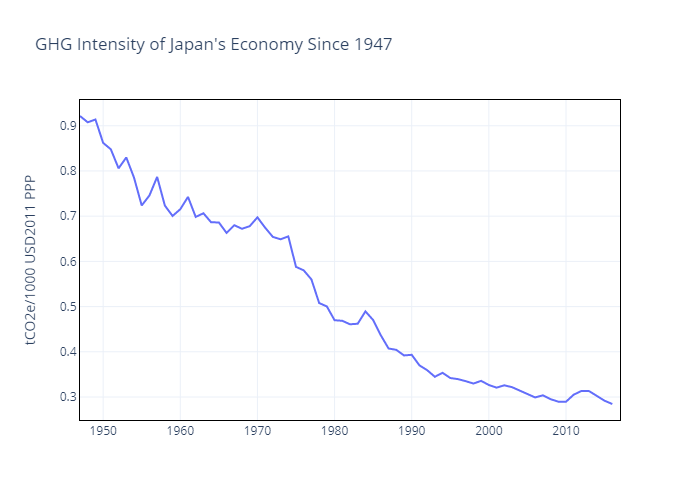
1/10
Back in India, back reading about India.
It's time for another 10 tweet review.
Book: Whole Numbers and Half Truths: What Data Can and Cannot Tell Us About Modern India
Author: Rukmini S. @Rukmini
Back in India, back reading about India.
It's time for another 10 tweet review.
Book: Whole Numbers and Half Truths: What Data Can and Cannot Tell Us About Modern India
Author: Rukmini S. @Rukmini

2/10
Firstly, this book gets an A-plus for the pun (visual and titular) that you get right from the cover.
@Rukmini is a data journalist from Chennai, one of the field's Indian pioneers and a leading voice in interpreting India's covid experience.
Firstly, this book gets an A-plus for the pun (visual and titular) that you get right from the cover.
@Rukmini is a data journalist from Chennai, one of the field's Indian pioneers and a leading voice in interpreting India's covid experience.
3/10
Her book brings together four key characteristics of a good data journalist.
First, she has a sensitivity to the importance of the process of data production. A fascinating description of how all is not what it seems in data on sexual assualt is a case in point.
Her book brings together four key characteristics of a good data journalist.
First, she has a sensitivity to the importance of the process of data production. A fascinating description of how all is not what it seems in data on sexual assualt is a case in point.
4/10
As she says, there is a crime being committed against women here, just not what you think.
Second, she combines data with traditional journalism and its focus on the unique, human story. In her hands, people become numbers and numbers become people. This is a real talent.
As she says, there is a crime being committed against women here, just not what you think.
Second, she combines data with traditional journalism and its focus on the unique, human story. In her hands, people become numbers and numbers become people. This is a real talent.
5/10
Third, she's balanced. Not left, nor right, but willing to engage with both sides. She skewers the left with data on public hospital performance, and debates with the right on merits and weaknesses of the latest household consumption survey data that still lies unpublished
Third, she's balanced. Not left, nor right, but willing to engage with both sides. She skewers the left with data on public hospital performance, and debates with the right on merits and weaknesses of the latest household consumption survey data that still lies unpublished
6/10
Fourth, she writes well, which is rare enough in Indian non-fiction that it is worth mentioning each time, and perhaps especially so coming from a data journalist (stereotypes aside).
So what is the picture of India that she paints? For me three big themes emerge.
Fourth, she writes well, which is rare enough in Indian non-fiction that it is worth mentioning each time, and perhaps especially so coming from a data journalist (stereotypes aside).
So what is the picture of India that she paints? For me three big themes emerge.
7/10
First, it is an India that is profoundly conservative. Married into an English-speaking Indian family, it took me a while to understand this. We are so used to seeing English-speaking Indians thrive in the West, we overlook the very deep cultural differences.
First, it is an India that is profoundly conservative. Married into an English-speaking Indian family, it took me a while to understand this. We are so used to seeing English-speaking Indians thrive in the West, we overlook the very deep cultural differences.
8/10
Second, it is an India that is deeply patriarchal. From work, to home life, to politics, to health, this struck me again and again. That India ranks 10th lowest in the world for female labour force participation is perhaps the most striking statistic in the whole book.
Second, it is an India that is deeply patriarchal. From work, to home life, to politics, to health, this struck me again and again. That India ranks 10th lowest in the world for female labour force participation is perhaps the most striking statistic in the whole book.
9/10
Third, it is an India that is moving but still slower than we think, from the slow pace of urbanisation, to the slow (indeed in come cases non-existent) decoupling of "conservative" social mores with growing education, and income, and urbanisation.
Third, it is an India that is moving but still slower than we think, from the slow pace of urbanisation, to the slow (indeed in come cases non-existent) decoupling of "conservative" social mores with growing education, and income, and urbanisation.
10/10
As a Westerner deeply invested in India, I came away with a much stronger sense of how different and unique Indian society is. As India rises in the 21st Century, understanding this difference seems more important than ever. This book is a great place to pick up this task.
As a Westerner deeply invested in India, I came away with a much stronger sense of how different and unique Indian society is. As India rises in the 21st Century, understanding this difference seems more important than ever. This book is a great place to pick up this task.
• • •
Missing some Tweet in this thread? You can try to
force a refresh















